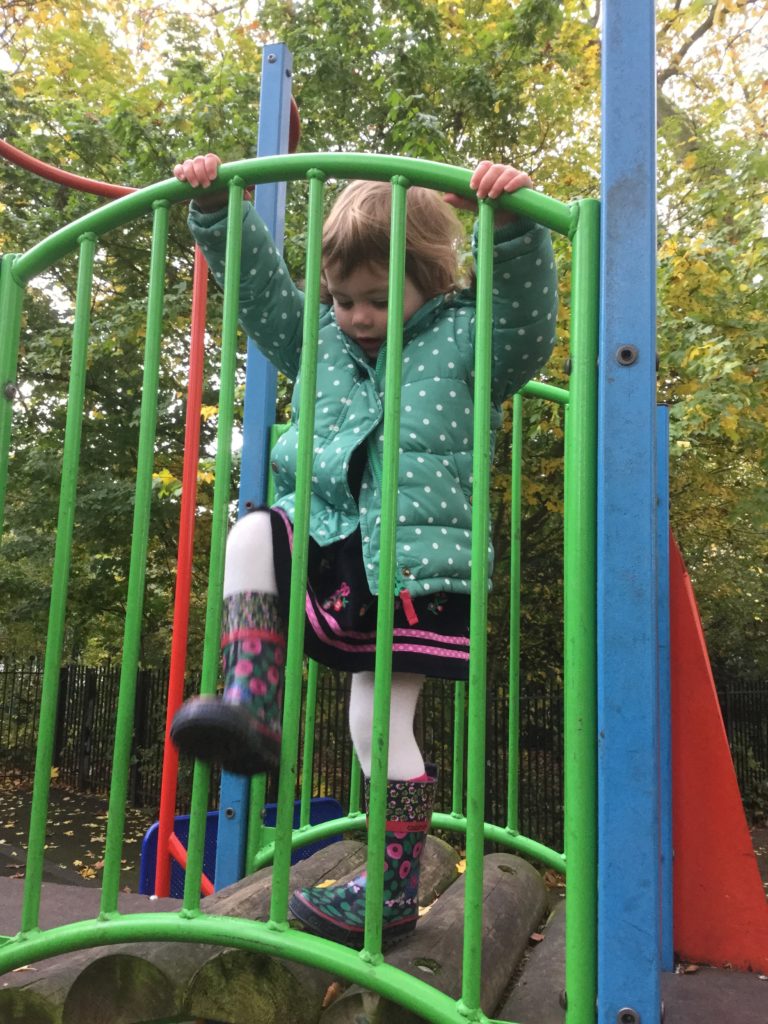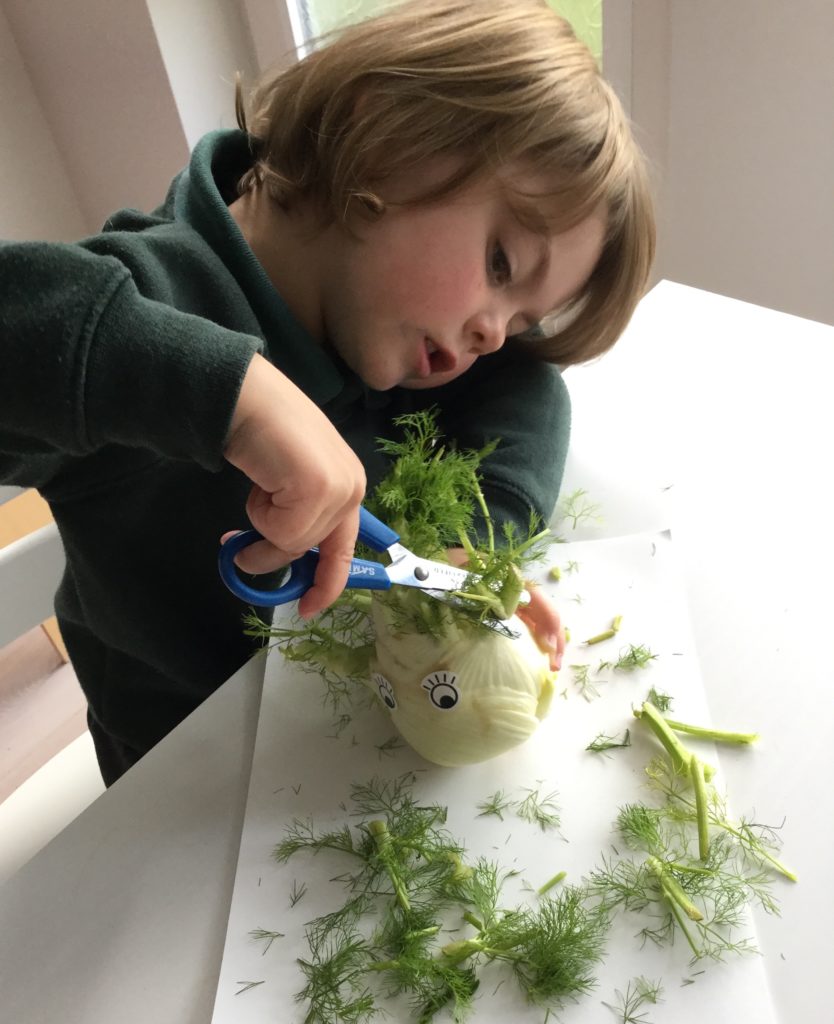
There has been no specific handwriting guidance for the EYFS since: Gateway to Writing Development (2009).
This gave further advice to pages 59–61 of Practice Guidance for the Early Years Foundation Stage (2008).
Both included a very simple and essential instruction:
Teach children to form letters correctly.
These two publications disappeared with revisions to the EYFS in 2012.
The notes on effective practice in the revised materials omitted any mention of teaching letter formation. Since then, there has been considerable confusion in practice. Neither the statutory framework nor the resource materials for EYFS use the term handwriting, yet there are references to it throughout, for example:
Physical Development: Moving and Handling (40–60+ months):
Uses a pencil and holds it effectively to form recognisable letters, most of which are correctly formed.
Literacy: Writing (40–60+ months):
Attempts to write short sentences in meaningful contexts.
The ability to handwrite is also very much part of the statutory assessments at the end of the EYFS.
Early Learning Profile
At the end of Reception, children are assessed against 17 Early Learning Goals (ELGs) and three characteristics of effective learning. The profile indicates the level of progress in that goal: expected, exceeding or emerging. There are references to handwriting (though not named) in Early Learning Goals 4 and 10:
ELG 04: Moving and Handling: Expected Level:
They handle equipment and tools effectively, including pencils for writing.
ELG 10: Writing: Expected Level:
They write simple sentences which can be read by themselves and others.
Achieving good results in the end of key stage assessments is of crucial importance to schools. Consequently, there is considerable pressure on practitioners to ‘get children writing’ whether or not they are developmentally ready. One casualty of this pressure is the effect on learning and practising the movements for each letter family. Many children enter Year 1 of the National Curriculum with letters incorrectly formed. Handwriting is predominantly a motor skill, so reversing the damage is difficult. In yet another example of confusion, the requirements for Year 1 begin with teaching letter formation!










